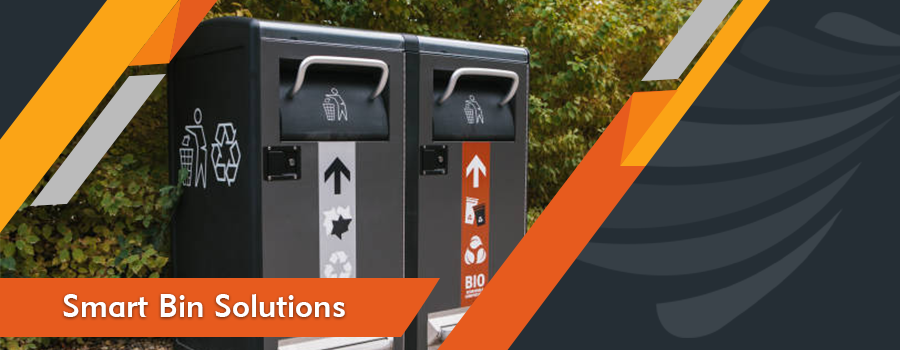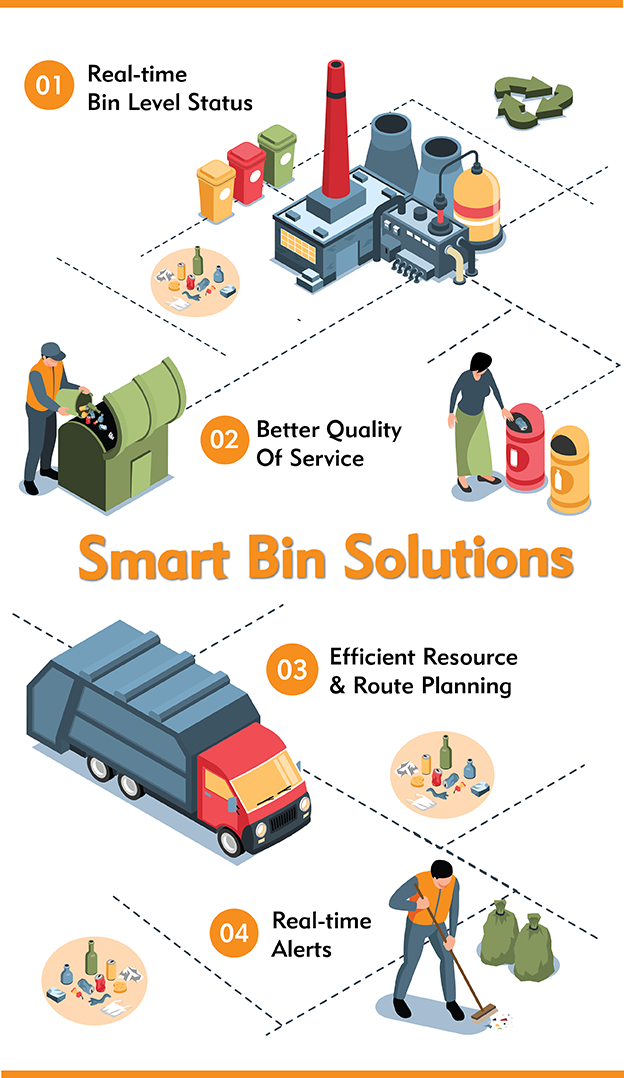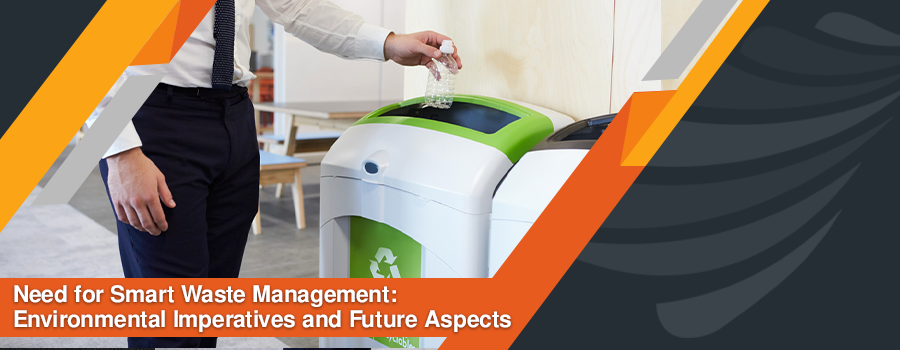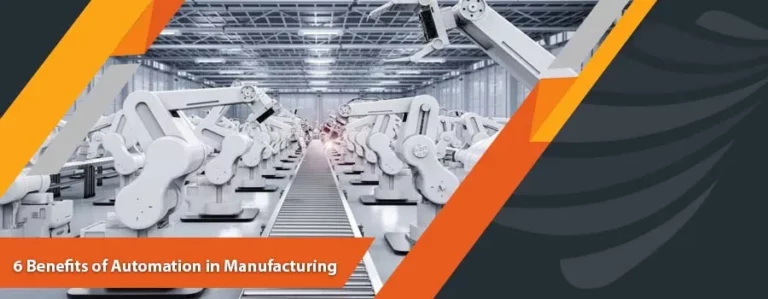Humans discard a whopping 2.12 billion tons of trash annually. If all this garbage were loaded into trucks, they would circle the globe twenty-four times. This astounding amount of garbage is due in part to the fact that 99 percent of what people purchase is discarded within six months.
Waste management is among the most alarming worries across the globe, and with the growing population, it is becoming increasingly difficult to control and maintain the town intact. Wait a minute, you might be wondering why there is a problem with all those sewage treatment truck traffic creating chaos.
IoT, on the other hand, pervades every part of life, and it represents the remedy to this long-standing problem. Traditional garbage is expensive because a carrier group of waste collectors travels across the city to acquire garbage, without any kind of rubbish information, waste collectors must guarantee that people follow pathways that have also been indicated to them, and along the way, they find a few bins that are filled while some are simply vacant.
Now, using IoT technology, a sensor can be implanted in these waste bins, and these detectors can assess the garbage in the bins and containers. Computer vision will play an important role once again since it will analyse data from various sensors so, will be able to forecast when the bin will be filled. This strategy is incredibly cost-effective and has a large effect on the ecosystem, especially our desire for a smart city.
Overflowing bins and trash cans are afforded precedence, and waste collectors will now take specific routes rather than passing through all the streets, since this integrated into these waste divestitures will alert the framework once they are full or even empty, saving time; routes will indeed be updated on the motorist’s app for new information recorded by the sensor systems.
How to resolve Garbage issues?
Smart bins are aware of the different sorts of rubbish. Optics, image processing, and machine cognition are utilized by a smart device within the container to accomplish this.
The feature is made up of Internet-of-things devices that act as genuine monitors to assess whether the bins are full or not, allowing the garbage service frequency to be tailored appropriately.
How does Smart bin Works?
The smart bin system takes data from various waste bins connected with smart remote monitoring to display real-time plug statistics for every bin. The smart bin solution assists cities in lowering OpenX by optimizing capacity and route optimization, preparing for rising trash processing requirements, and enhancing service.
IoT-enabled smart trash administration will save time & expense on waste management. Rubbish is forgotten or ignored, and only when something goes wrong, such as a waste bin overflowing due to overcrowding, or waiting for a week to recycle waste because you forgot to bring the garbage out, is it taken seriously. This smart technology will change our lives by making things easier for us, capturing squandering more often where it is needed, and having a significant influence on the ecosystem due to fewer vehicles on the road, waste collection only where it is needed. Most relevantly, this digitalization will be the most essential milestone towards smart cities.
What are a few of the advantages of using Smart Bin Solutions?
A smart trash can have numerous advantages. Consider the following example:
- Smart bins are beneficial to the ecosystem. Smart bins reduce emissions and other carbon dioxide emissions by minimizing necessity service excursions. Consequently, our neighbourhoods are becoming significantly cleaner.
- Bin volume has been increased by using a mild compaction method, to keep extra garbage in the bin.
- Bins solutions have been designed to be discharged because of increased machinery.
- Disposal inflation rises when smart bins are utilized.
- Smart recycling bins require less space on the sidewalk than regular recyclables, decreasing congestion and enabling people to navigate through town.
The development of smart bins provides expertise to the social and environmental problems of cutting emissions and trash management expenses. It helps all sewage treatment stakeholders, as well as promotes cleaner neighbourhoods.





